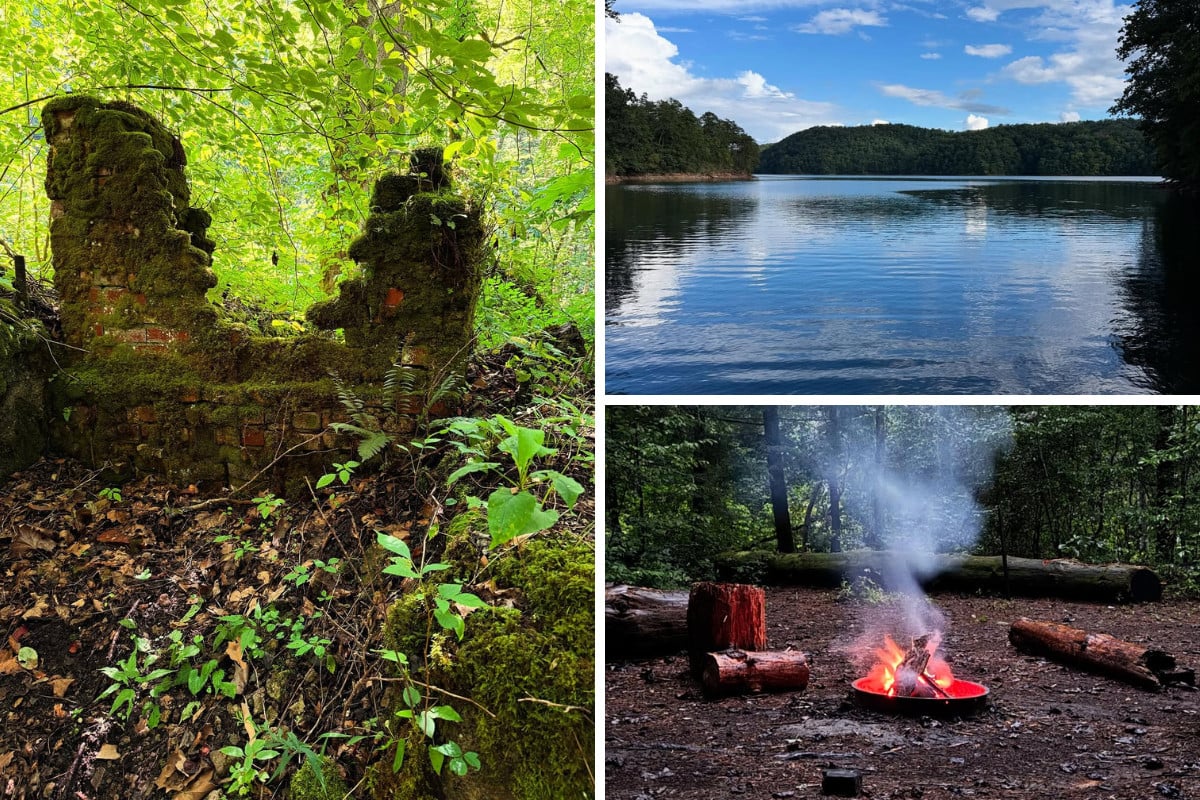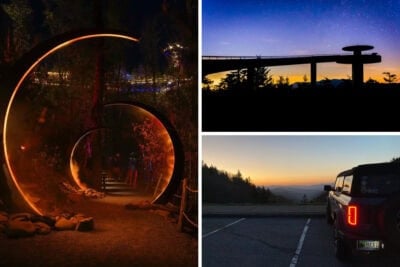Proctor, North Carolina: The Smoky Mountain Town That Disappeared
Would you like to save this full guide?
Tucked along the far shoreline of Fontana Lake — accessible only by boat or a long hike — is what’s left of Proctor, a small Smoky Mountain town that doesn’t exist anymore.
There are no signs. No parking lots. No gift shops or glossy brochures. Just the remains of a once-busy community that was swallowed up by progress, water, and time.
If you’re curious and don’t mind going out of your way, Proctor is still out there. And it’s worth the trip — not because there’s a lot to see, but because what’s left has a story worth hearing.
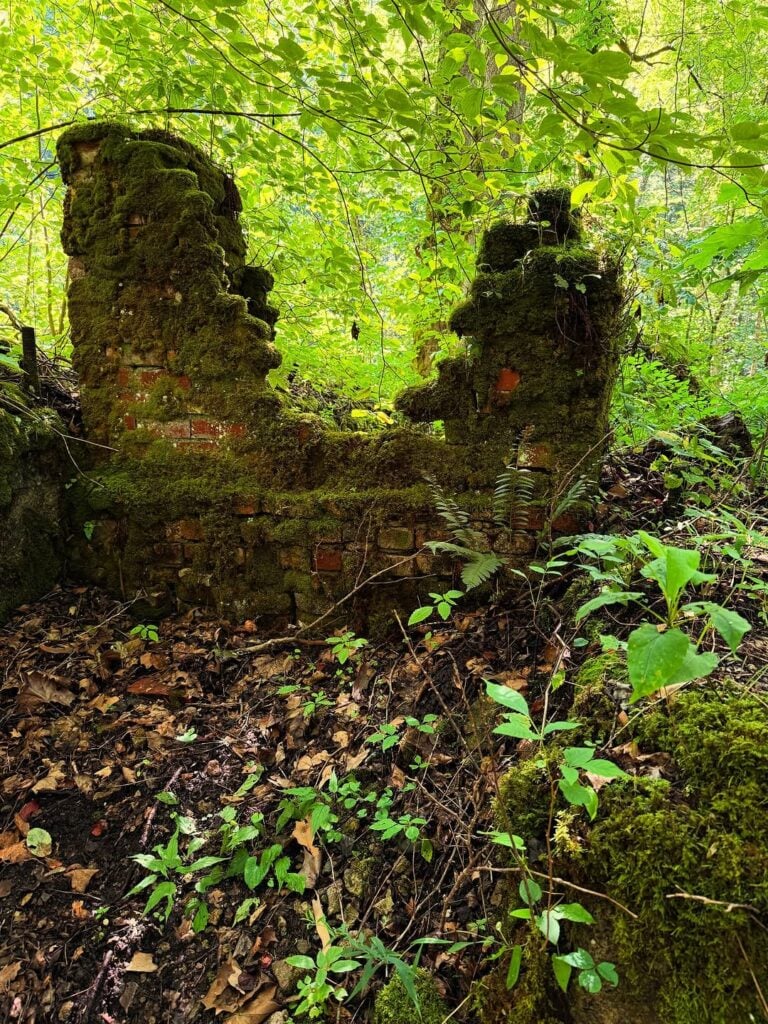
Life in Proctor Before Fontana Lake
Back in the late 1800s and early 1900s, Proctor was a small logging town nestled along Hazel Creek, deep in the mountains of western North Carolina. It was remote but self-sufficient.
At its peak, there were homes, a schoolhouse, a church, and a post office. Most people worked in the timber industry, and there was nothing glamorous about life here. It was hard work, but it was home.
That changed in the 1940s when the Fontana Dam was built as part of a massive hydroelectric project to help with the WWII war effort. The Little Tennessee River was dammed, and the valley behind it flooded — including roads, rail lines, and entire towns.
Proctor wasn’t fully underwater, but the road leading to it was. Once the lake filled, the only way in or out was by boat or trail. The community slowly dissolved as most families relocated. Over time, the forest took the rest.
What Remains of Proctor After the Dam and Flood
Not much is left of Proctor, North Carolina – at least not in the way people expect.
You won’t find buildings or preserved ruins like in Cades Cove. Instead, you’ll come across old stone foundations, rusted metal, and the faint outline of roads that once connected the town.
You’ll see mossy chimneys and maybe a few grave markers in the small cemeteries that remain. A few steps off the trail, there’s a broken wall or a pile of bricks where someone’s kitchen used to be.
It doesn’t feel like a ghost town. It feels like a place time forgot.
And, in a way, that’s exactly what it is.
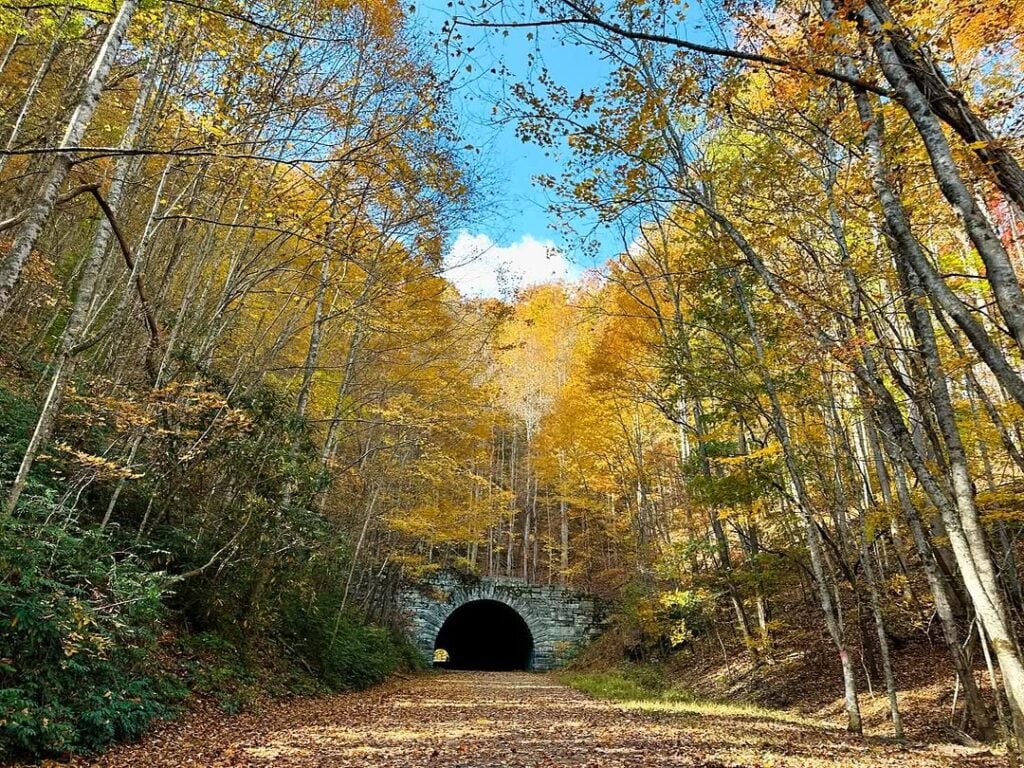
The Broken Promise: The Road to Nowhere
When families were forced to leave Proctor and other communities around the lake, the federal government promised to build a new road along the north shore from Bryson City to Deals Gap so that they could return to visit family cemeteries and old homeplaces.
That road was never finished.
Construction stopped in the 1970s because of environmental concerns (including the smell of sulfur) and rising costs. Only 7 miles were built, ending at a quarter-mile tunnel that goes nowhere—now known, fittingly, as The Road to Nowhere.
Even today, descendants of the families who once lived there still paddle across the lake to visit graves. It’s not just history — it’s personal.
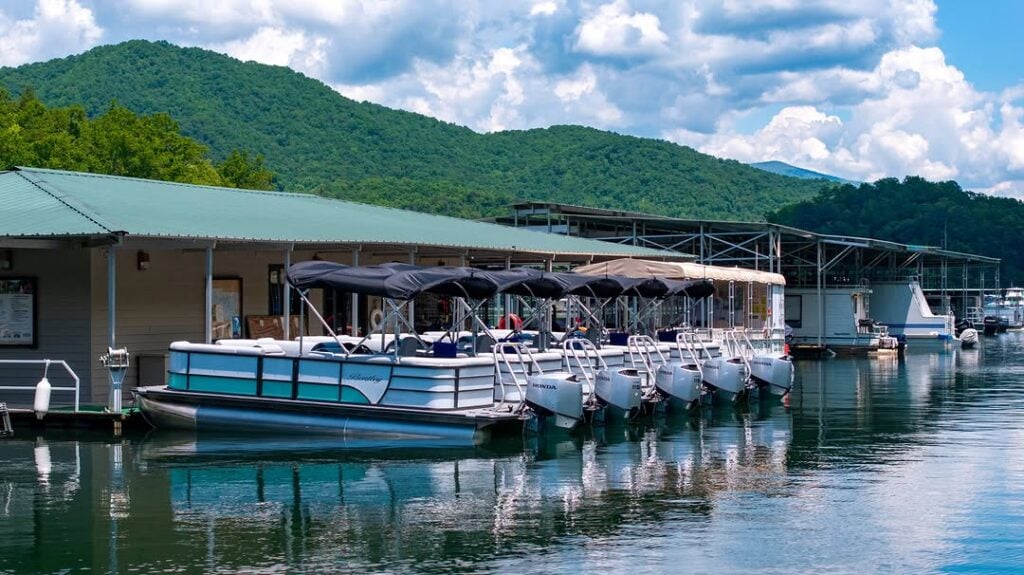
How to Visit Proctor
There are two main ways to get to Proctor, North Carolina:
Option 1: By Boat
This is the easiest and most common way to reach Proctor. You can rent a boat or book a shuttle through Fontana Marina, which drops you near Hazel Creek. From there, it’s about a 6-mile round-trip hike to explore the area.
The hike itself is peaceful and not too strenuous, with some gentle elevation changes. It follows old roadbeds and trails through the woods. Keep your eyes open for foundations and remnants.
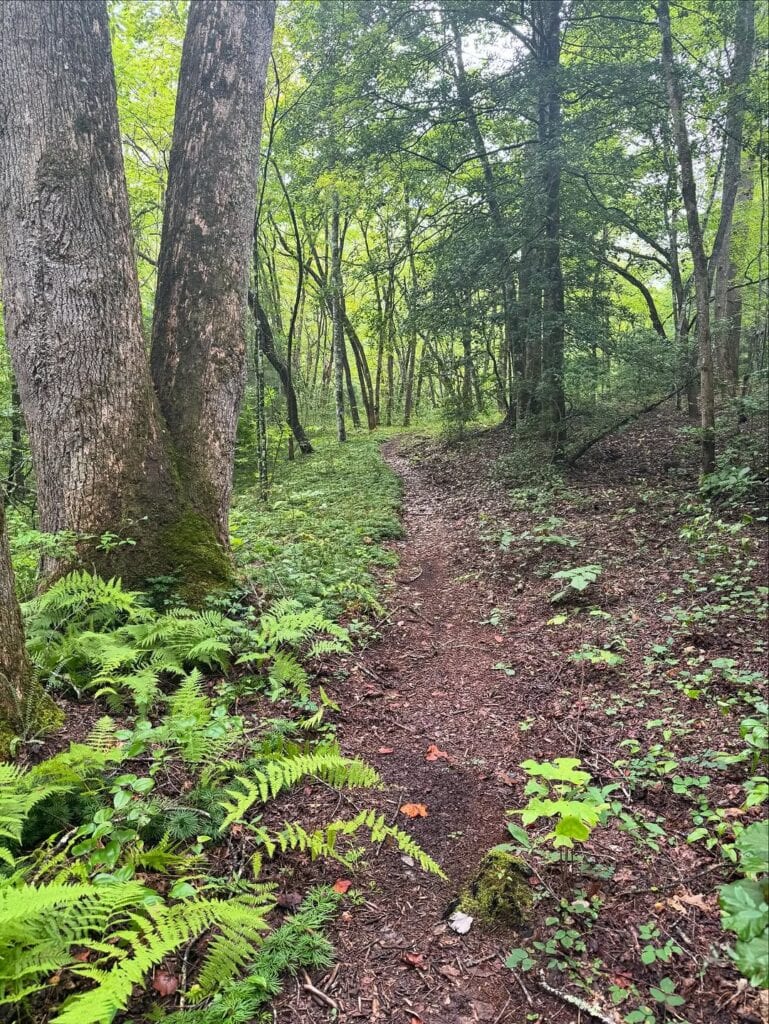
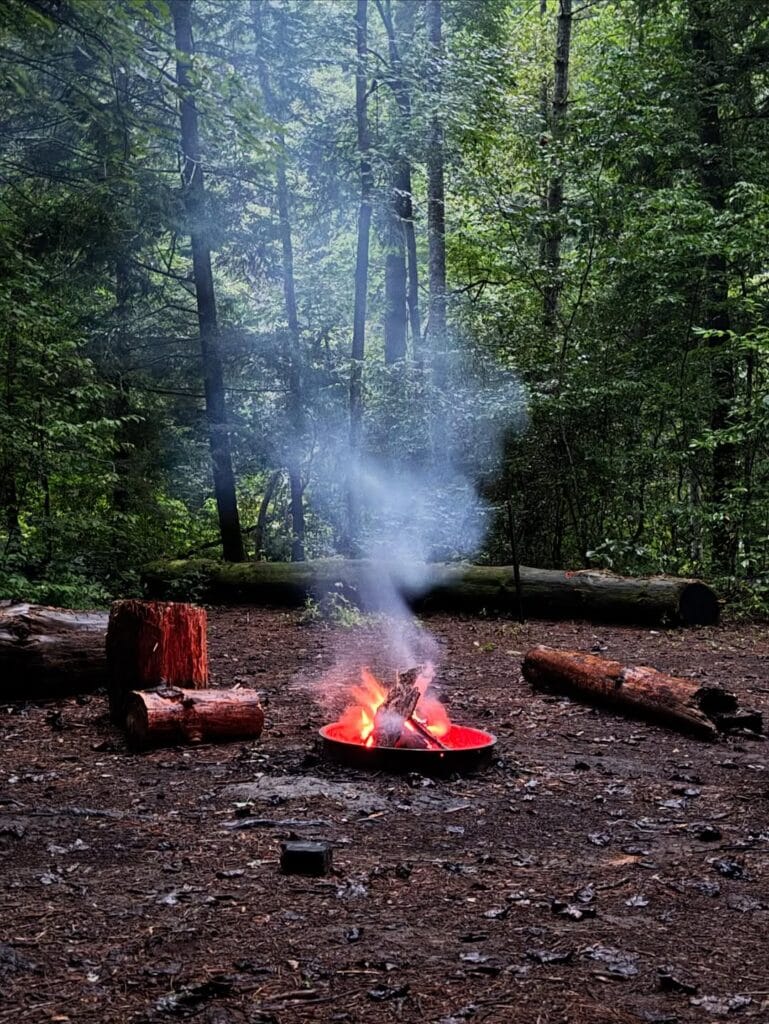
Option 2: By Foot (Lakeshore Trail)
If you’re up for a long hike or backpacking trip, you can hike the Lakeshore Trail from the trailhead near The Road to Nowhere tunnel. It’s about 24.5 miles one-way to Proctor.
This route is longer and more remote, but it’s also scenic and quiet—perfect for those who want a deeper experience. Plus, there are at least a handful of backcountry campsites along the way so that you don’t have to cram it all into one day. You can make it a two-day excursion instead!
Hidden Option 3: Group Trip With the NPS
If you don’t want to travel alone or as a pair, you can make the trip to Proctor, North Caorlina, with the National Park Service. It hosts a Decoration Days event every year between April and November so that families and church members can clean and decorate the area’s graves.
While the event is centered around a tradition that started in the late 1970s to honor deceased relatives, it’s open to the general public. Group shuttle transportation is provided on a pontoon boat, and visitors have the opportunity to enjoy a meal togeher.
Things to Know Before You Go
- There’s no cell service. Plan ahead and let someone know where you’re going.
- This is backcountry. Bring water, snacks, and first-aid, and be prepared for wildlife and weather changes.
- Leave no trace. Don’t disturb foundations or take anything. These sites are still meaningful to many people.
- Expect a quiet visit. There’s no big reveal, no marked ruins. You’ll need to look closely and imagine what once was.

Why Proctor Is Worth Visiting
Proctor doesn’t offer dramatic views or a ton of visible ruins. But if you’re curious about the real history of the Smokies — the kind that doesn’t show up on postcards — it gives you a fuller picture.
You’ll walk the same paths that once connected homes and lives. You’ll see the forest slowly reclaiming what was left behind. And if you take a moment to stop and listen, you might find that the quiet speaks louder than you expected.
It’s not touristy. It’s not easy. But it’s real.
And sometimes, that’s exactly the kind of travel that sticks with you.

